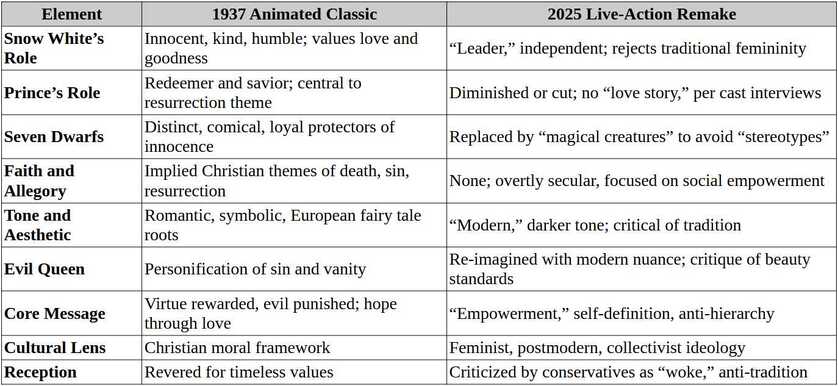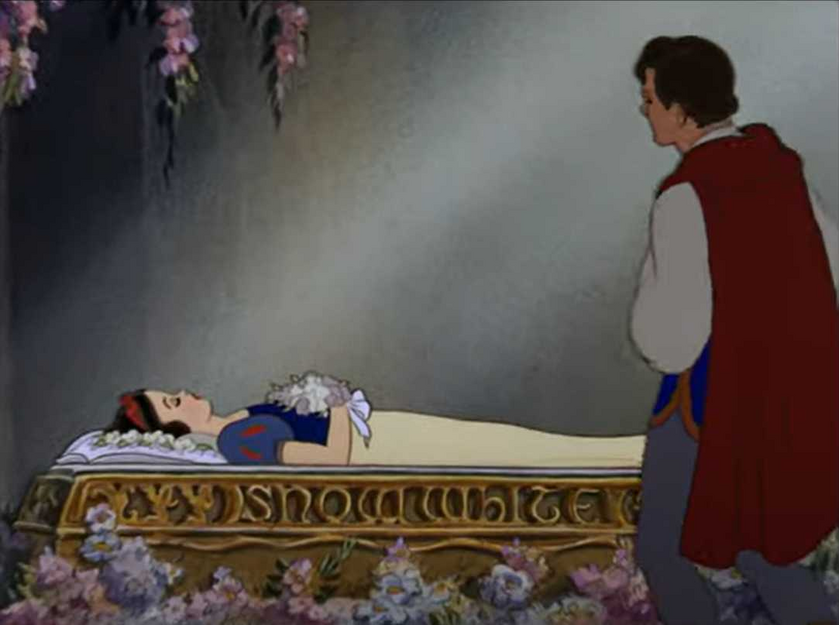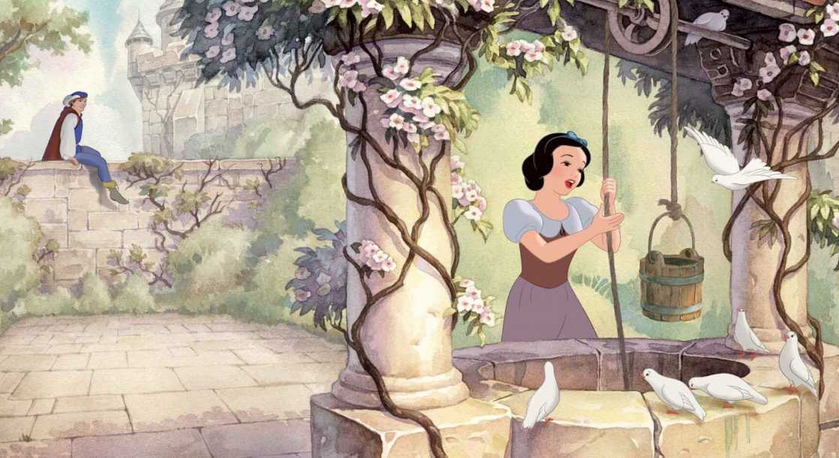Walt Disney’s 1937 Snow White and the Seven Dwarfs wasn’t just an animation milestone, it was a modern retelling of a timeless fairy tale with moral clarity and spiritual resonance. Based on the Grimm brothers' 1812 version (Sneewittchen), the story drew deeply from the Christian worldview that shaped Europe for centuries. Though softened for mass appeal, the 1937 film retained core values: innocence, sacrifice, love, and resurrection.
Fast forward to the recent 2025 remake, and we’re no longer just watching an updated fairytale; we're watching an ideological revision. The shift is dramatic: from a Christ-centered allegory of redemption to a secular manifesto preaching autonomy, class struggle, and collectivist ideals.
This is not accidental. It is part of a broader cultural movement to replace biblical truth with secular humanism, and to reshape the moral imagination of an entire generation.
The Original Tale: Rooted in Christian Symbolism
The Grimm version, and even Disney’s 1937 film, reflects a world where God, sin, death, and redemption still meant something.
Biblical Symbolism in Snow White:
Snow White’s Appearance — Her skin “white as snow, lips red as blood, hair black as ebony” echoes Isaiah 1:18 KJV: “though your sins be as scarlet, they shall be as white as snow.” Her image embodies purity, sacrifice, and death which are core gospel themes.
The Three Deaths and Resurrection — Snow White "dies" three times: bodice, comb, and apple. This mirrors temptation, bondage, and spiritual death (Genesis 3:6; Romans 6:23 KJV), followed by resurrection, a shadow of Christ’s Passion.
The Dwarfs as Monastic Figures — Seven laboring men, living apart from society in ordered community, caring for a "sacred" woman; they resemble monks or the early church caring for the body of Christ (Acts 2:42–47 KJV).
The Evil Queen as Satanic Archetype — Driven by vanity and envy, she reflects Lucifer's fall: “I will exalt my throne above the stars of God…” (Isaiah 14:13 KJV). Her end is just and mirrors divine judgment.
The Prince as Christ — He awakens Snow White with a kiss: life restored by love. “I am the resurrection, and the life…” (John 11:25 KJV). He represents not a mere romantic interest but a redeemer-king figure.
Enter the 2025 Remake: From Resurrection to Revolution
Instead of preserving these themes, the 2025 remake (based on cast interviews, production leaks, and previews) strips the story of its moral clarity and spiritual resonance. What remains is not a tale of virtue overcoming evil but one of class struggle, autonomy, and empowerment divorced from truth.

This remake is not a simple modernization—it’s a reprogramming.
The Woman at the Well vs. the New Snow White: A Tale of Two Messages
There’s no better biblical counterpoint to the 2025 Snow White than the woman at the well in John 4. She, like modern Snow White, lived outside the boundaries of traditional virtue. She was assertive, independent and empty. Jesus doesn’t applaud her autonomy. He confronts her sin and offers living water, eternal life through Him (John 4:14 KJV).
“Whosoever drinketh of this water shall thirst again: But whosoever drinketh of the water that I shall give him shall never thirst…”
— John 4:13–14 KJV
She doesn’t “find herself.” She meets the Messiah. She doesn’t overthrow oppressive systems. She abandons her jar (John 4:28 KJV) and tells others about Christ (John 4:29 KJV).
Today’s Snow White is being rewritten to preach a secular gospel: “You are enough. You define truth. You don’t need saving.” But the woman at the well shows us the real gospel: “You are not enough, but Christ is.”
Secular Humanism, Collectivism, and the Gospel of Self
The 2025 remake aligns with the rising tide of secular humanism, where man is god, morality is fluid, and salvation comes through political revolution or self-actualization. Instead of sin, we’re told we’re victims. Instead of redemption, we get redistribution. Instead of a Savior, we get a slogan.
This isn’t just misguided storytelling, it’s theological subversion.
As Dr. Jason Lisle teaches, when you reject the absolute authority of Scripture, you lose the foundation for truth itself. Ken Ham has shown how evolution and humanism displace God from the cultural conversation. Gary Habermas reminds us that the resurrection is not just a doctrine, it’s a worldview. And Lee Strobel has demonstrated that if you remove Christ from history, you remove hope from humanity.
The 2025 Snow White is a case study in all of this. It’s not just “woke.” It’s a moral and spiritual inversion.
What We Lose When We Trade the Prince for the Proletariat
This remake doesn’t just remove the Prince, it replaces him. With what? A vague message of empowerment, wealth sharing, anti-hierarchy, and collectivist virtue. It exchanges love for labor. It dethrones the Savior and enthrones the self.
But in doing so, it teaches children that there is no rescue. No grace. No sin to repent of, and no heaven to hope for. Just struggle, identity politics, and perpetual dissatisfaction.
It’s not Snow White. It’s a fable rewritten in the language of Marx.
In the end... We Don’t Need a New Snow White; We Need the Old Gospel
The 1937 Snow White still points upward: to beauty, to sacrifice, to love that triumphs over death. The 2025 remake turns inward, downward, and backward. What began as a tale of resurrection now ends in a revolution of self.
But we don’t need another story telling us to save ourselves. We need the truth that Christ alone saves.
Just like the woman at the well, our culture is thirsty. Disney offers them polluted water. Christ offers living water.
And like Snow White in her glass coffin, this generation lies poisoned and asleep and waiting for a Prince not of this world.
















